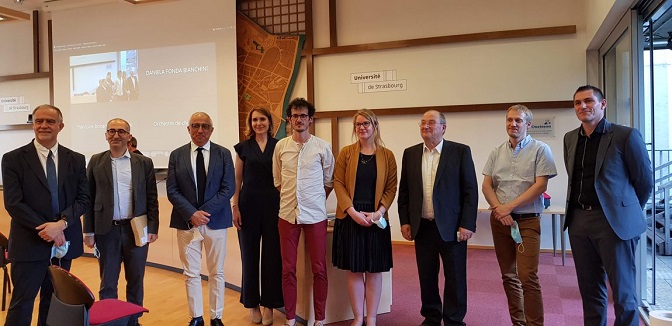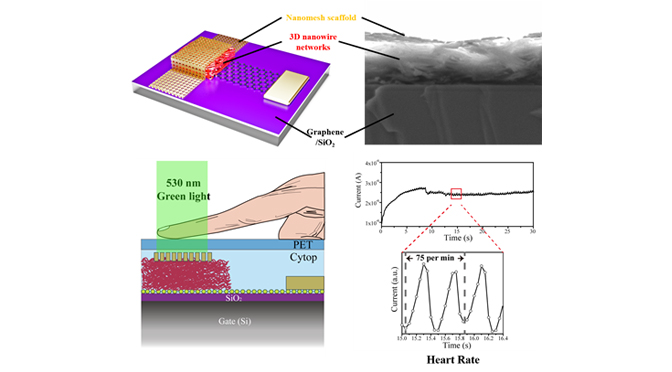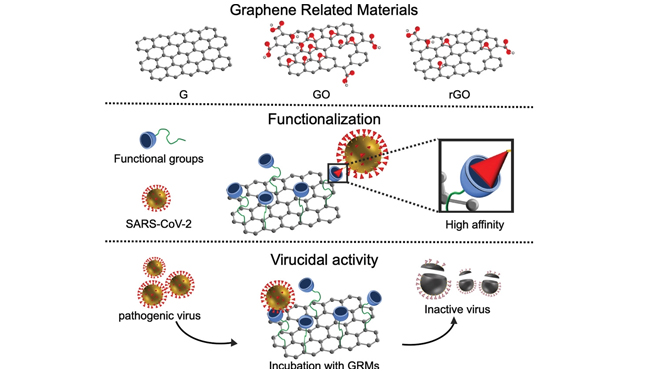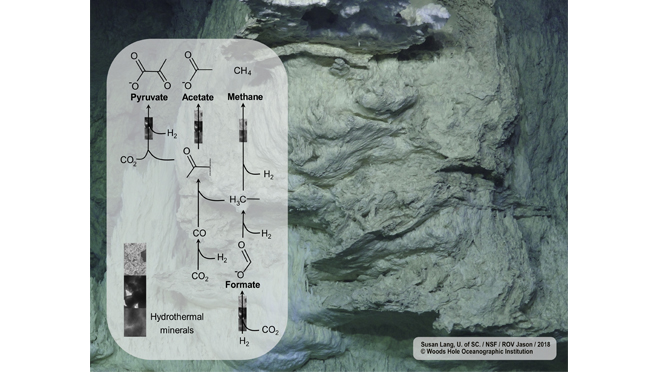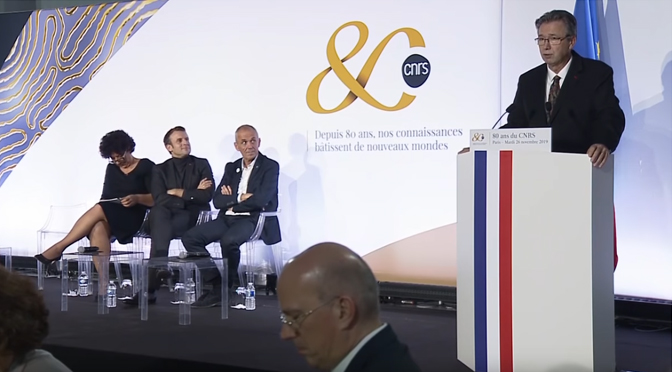Amir HOVEYDA, professor at the Boston College (USA), hosted at the Institute of Supramolecular Science and Engineering (ISIS) in Strasbourg (UMR 7006) to lead the project “Diversity-focused synthesis (DOS) to optimize the possibility of discovery of effective drugs ”holds a Cercle Gutenberg 2020 chair. The ceremony took place on June 11, 2021.
Category Archives: News
An organic photodetector with a natural sense of rhythm
Researchers from the University of Strasbourg and CNRS (France), in collaboration with Tsinghua University and Shenzhen University (China), have developed an organic photodetector that is extremely sensitive in the visible and near-infrared range, with which a first application in the field of health monitoring has been realized. These results have just been published … Continue Reading ››
Graphene: A Disruptive Opportunity for COVID‐19 and Future Pandemics?
Joseph Moran awarded an ERC consolidator grant
Joseph Moran, a professor and group leader at the Institute of Supramolecular Science and Engineering, is one of the 27 French researchers awarded with a Consolidator Grant by the European Research Council (ERC) in 2020. Having already held a ERC Starting Grant, the ERC Consolidator Grant, entitled … Continue Reading ››
When rocks lay the groundwork for the origin of life
Mineral catalysts found in deep-sea vents convert CO2 and H2 to biomolecules, showing striking parallels to known biological pathways
An international collaboration of researchers in Germany, France and Japan investigated the catalytic activities of minerals found in deep-sea hydrothermal vents. The results suggest that mineral-driven chemical reactions might be closely mapped onto microbial carbon metabolism. … Continue Reading ››
The President Macron received part of the international researchers and students who participate in the “Make our planet great again” program (MOPGA)
Le Président de la République a reçu une partie des chercheurs et étudiants internationaux qui participent au programme « Make our planet great again » (MOPGA). Ils étaient une soixantaine en juin 2017, au lancement de l’opération, ils sont un peu plus de 200 aujourd’hui. Emmanuel Macron voudrait en faire les ambassadeurs … Continue Reading ››
Presentation of the CNRS 2019 gold medal to Thomas Ebbesen and CNRS Grand-Est medal medals to four chemists.
The CNRS celebrated is 80th anniversary on 26 November in Paris, with an international symposium and an extraordinary ceremony for the 2019 Gold Medal—awarded to the physical chemist Thomas Ebbesen—in the presence of the French President, several ministers, as well as French and international research representatives. … Continue Reading ››
A bottle of Alsace wine slides along a zip line from the top floor of the Institut de science et d’ingénierie supramoléculaires
A bottle of Alsace wine slides along a zip line from the top floor of the Institut de science et d'ingénierie supramoléculaires (Isis) to baptize the new facade of its extension: Isis-2. After two years of work, the new building financed under the "Campus Operation" … Continue Reading ››
Thomas Ebbesen awarded the CNRS Gold Medal for 2019
This year’s CNRS Gold Medal, one of France’s most prestigious scientific prize, has been awarded to the Franco-Norwegian physical chemist Thomas Ebbesen. He specializes in nanosciences, a cross-disciplinary field that covers a variety of scientific areas that include carbon materials, optics, nano-photonics and molecular chemistry. His discoveries have notably enabled technological … Continue Reading ››
Prof. Amir Hoveyda (Boston College) will join ISIS
The priority research programme “Make our planet great again” was launched by the Minister of Higher Education, Research and Innovation, and the Secretary General for Investment. Today, the 12 high-level laureates have been selected by an international jury to join leading French laboratories in the fight against climate change. It is our great … Continue Reading ››

